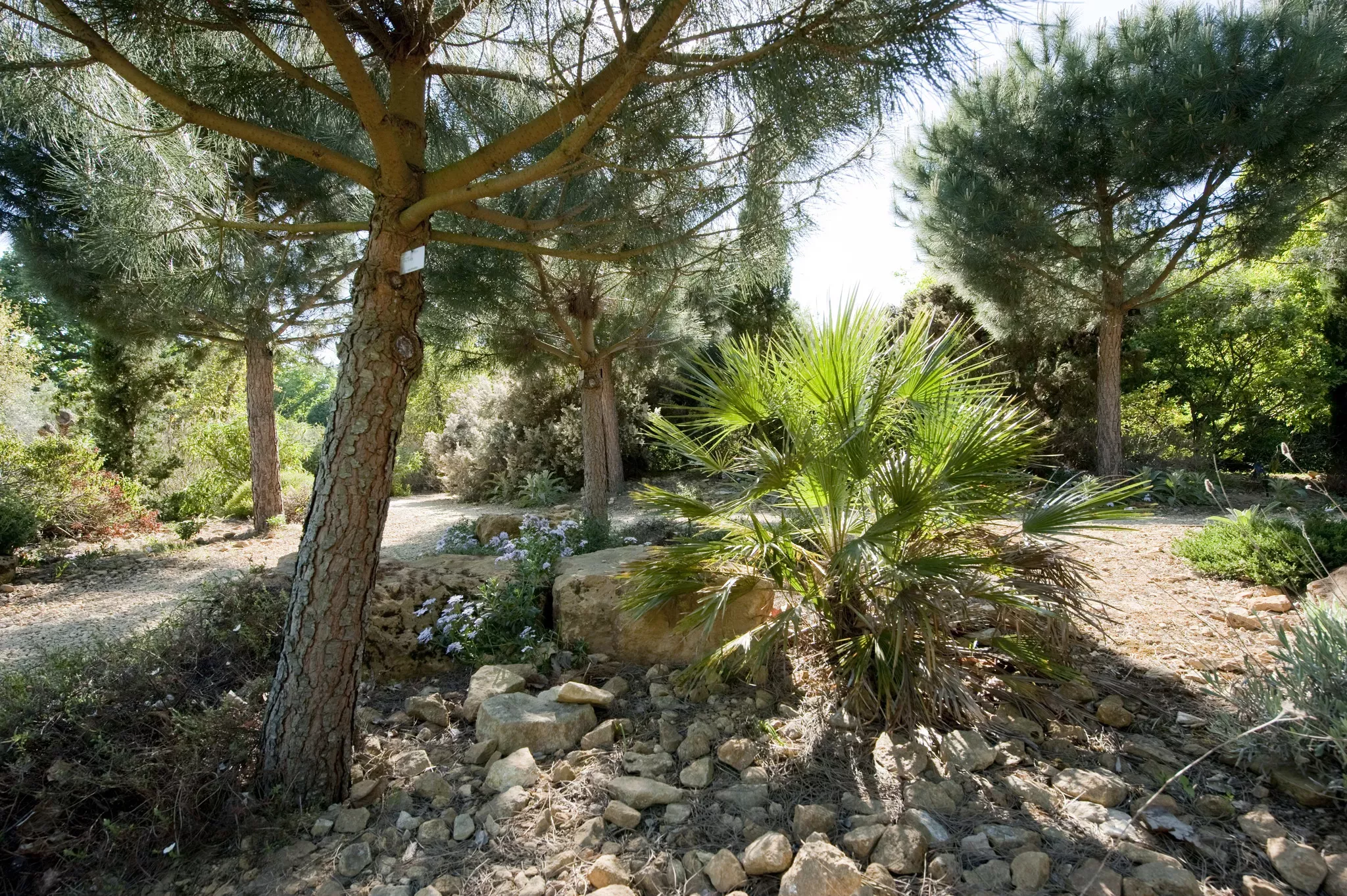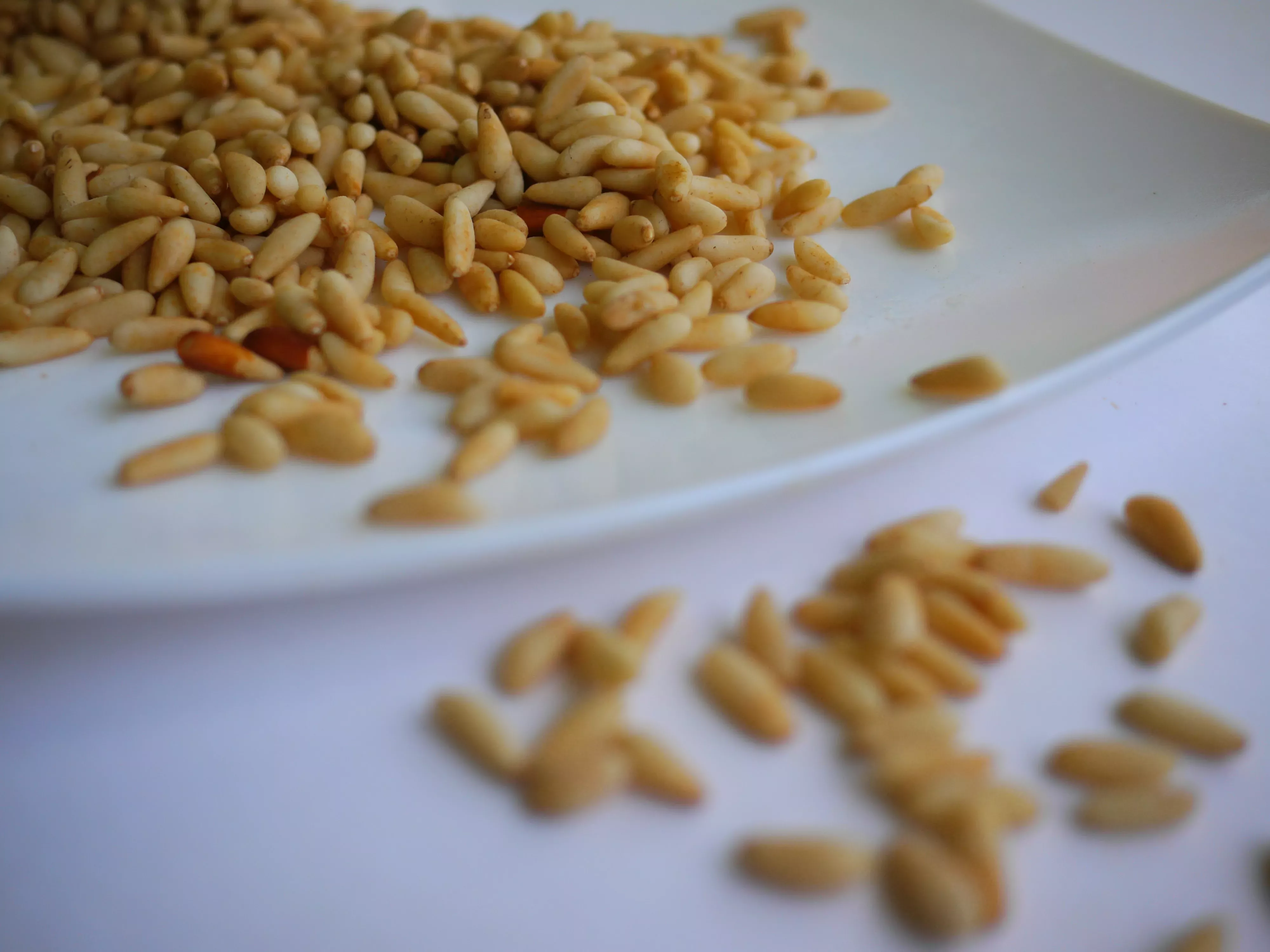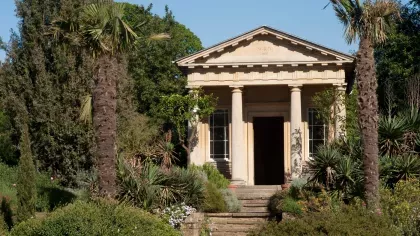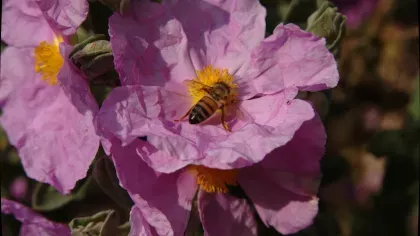23 July 2020
Top 7 Mediterranean plants we eat
From olives to artichokes, we round up foodie favourites from the balmy Mediterranean.

These hero plants hold the key to delicious flavours in Mediterranean dishes.
From aromatic herbs to tasty pine nuts, we round up our favourite foods native to the Mediterranean region, many of which grow in our Gardens.
1. Olives (Olea europaea)
The olive tree is a small evergreen tree that has been cultivated for thousands of years.
Fossil pollen records have been found in the Mediterranean, making it likely that this is the region where it originated.
Olive trees have short trunks with smooth silvery bark when they're young that gets rougher and darker with age.
Olives can't be eaten straight from the tree, as they are bitter tasting and have a white, milky sap. To make them palatable, they're cured with salt and fermented before making it to the shop shelf.
Did you know?
Olive trees thrive in the sandy soil at Kew Gardens. Many of the trees growing in our Mediterranean Garden are over 100 years old.
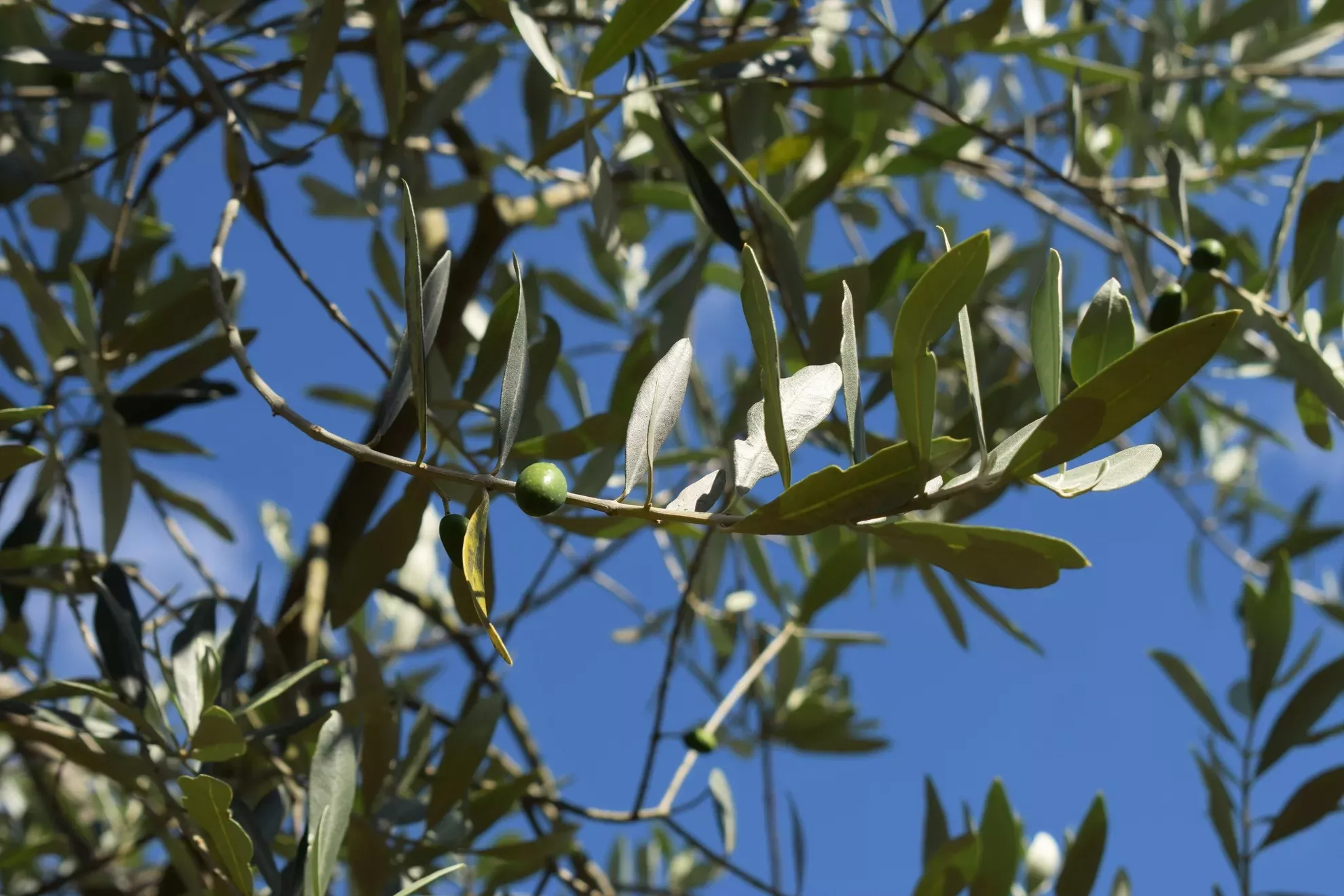
2. Bay leaves (Laurus nobilis)
An aromatic evergreen, bay (Laurus nobilis) has dark green glossy leaves with yellow clusters of flowers in spring.
They have a long tradition in Mediterranean cooking, and the leaves are famous for their use in soups, stews and meat dishes as they add a subtle, peppery flavour.
They were a symbol of victory in Ancient Greece, and the leaves were used in wreaths to crown victorious athletes.
They contain an essential oil which is released when the leaves are heated during cooking, which gives the peppery taste.
An essential for herb gardens, they grow well in a container and cope well in dry weather. Learn how to grow them in our guide to Gardening with Drought-Friendly Plants by Kew horticulturalist Tony Hall.
Head to Wakehurst to see a beautiful variety of wild collected bay trees in Coates Wood.
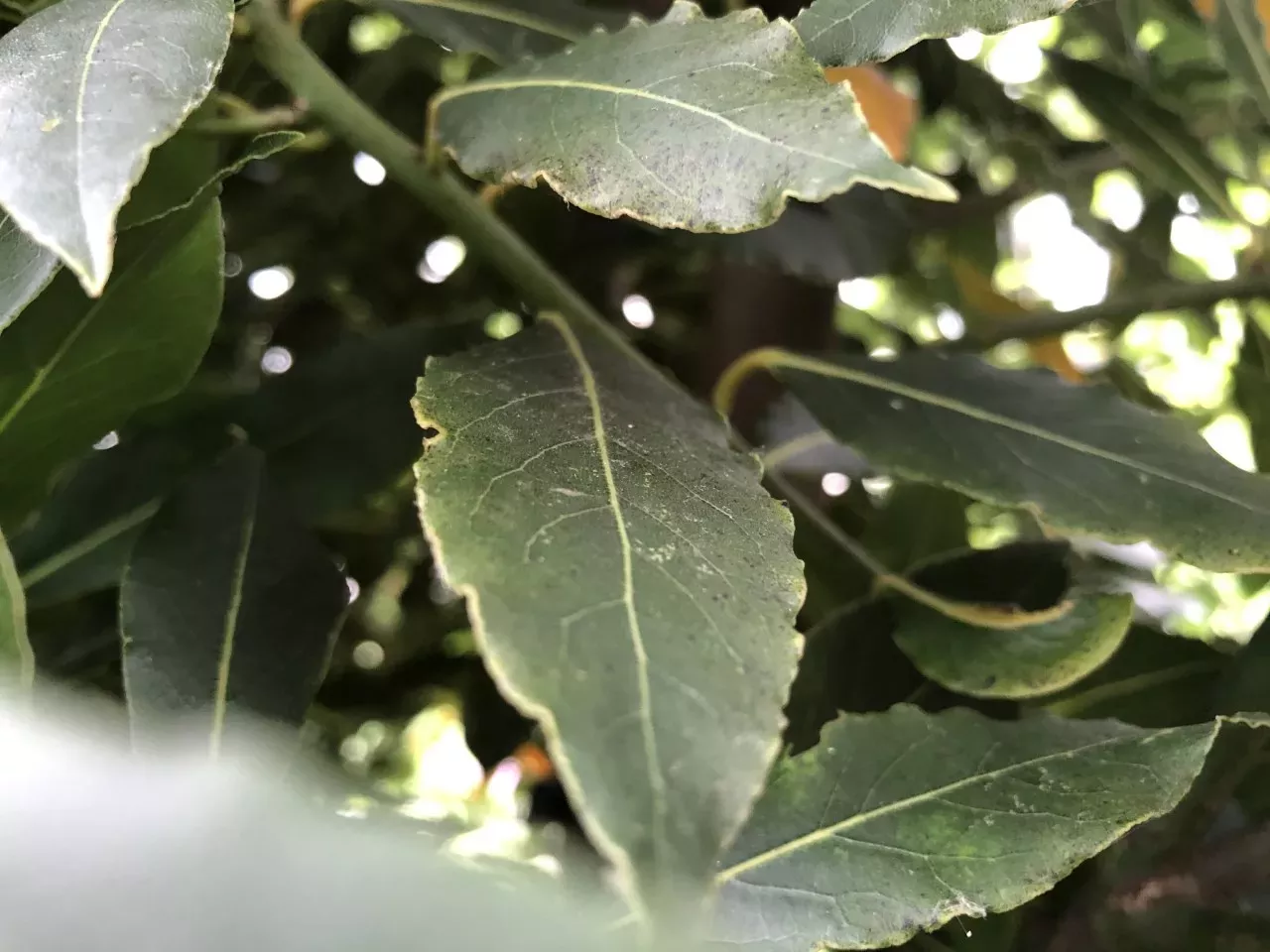
3. Rosemary (Rosmarinus officinalis)
This fragrant herb is a hardy plant which thrives in sandy soil with full sun. It often grows on the coast, which is reflected in its Latin name that translates as "dew of the sea".
It has blue flowers, needle-like leaves and a strong aroma.
The smell comes from the essential oil contained in the leaves, which is a popular ingredient in aromatherapy oils and is thought to have soothing properties.
Rosemary was used in traditional European herbal medicine for a variety of different ailments. It was used as an application for wounds, to help alleviate eczema, to stimulate appetite and to improve memory.
Evoke the scent of the Mediterranean in your own garden with the help of The Kew Gardener’s Guide to Growing Herbs, and breathe in the scent in our Mediterranean Garden.
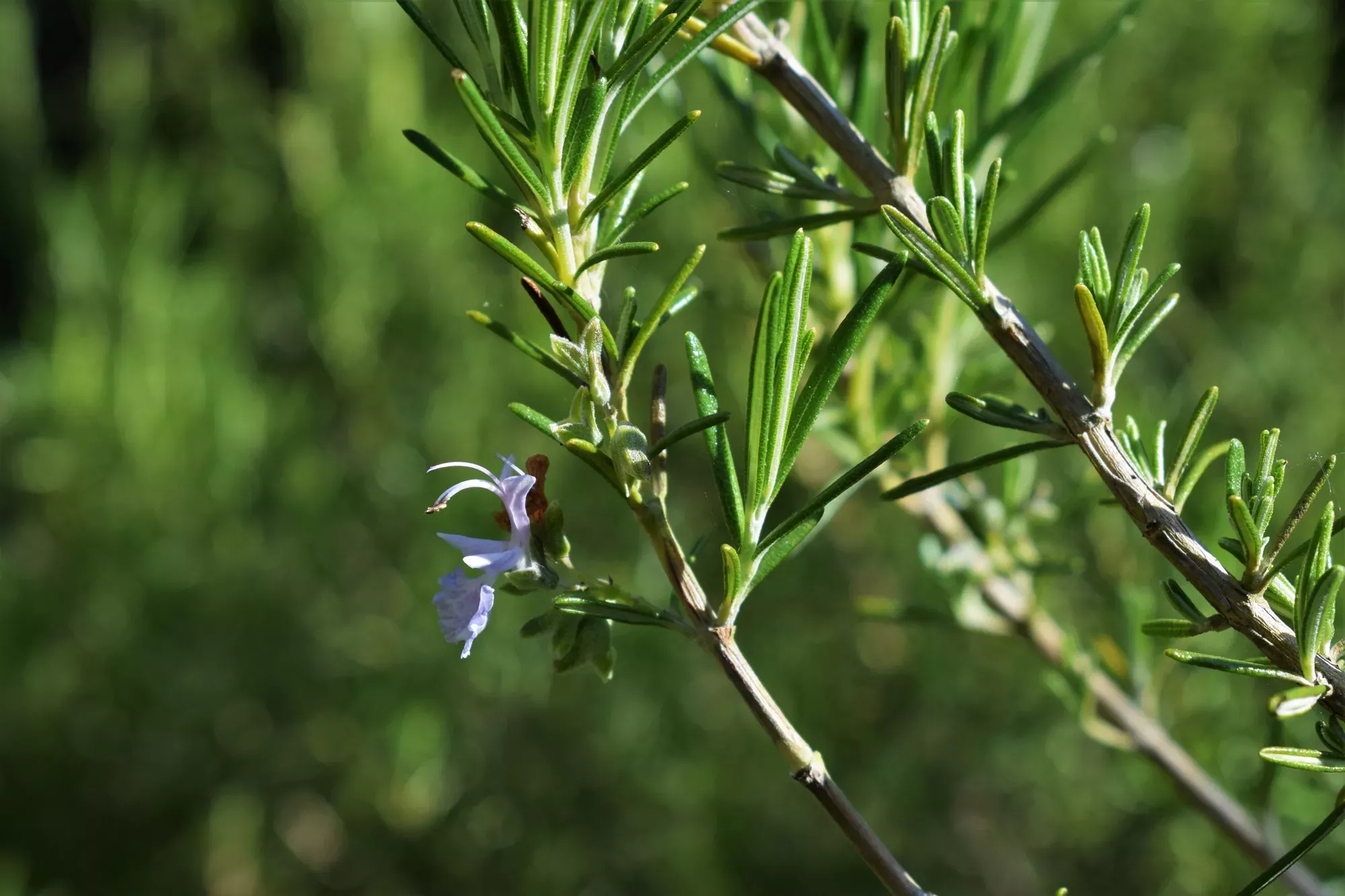
4. Fennel (Foeniculum vulgare)
The tall green stems of common fennel (Foeniculum vulgare), with their feathery heads of yellow flowers, are often seen growing alongside road sides in the Mediterranean.
If you're growing fennel at home, they need to be sown after mid-July, in full sun and free draining soil. They're fairly hardy plants and will survive mild winters.
The seeds have been used as a herb in cooking and medicine since Roman times.
They are also a popular ingredient in spice mixes such as Chinese five spice and the Indian panch poran.
The vegetable that we eat is the swollen leaf base of a variety called Florence fennel (Foeniculum vulgare var. azoricum).
It has a delicate aniseed flavour and is often used in salads or paired with fish. Fennel is also used as an ingredient in absinthe, a strongly flavoured alcoholic spirit.
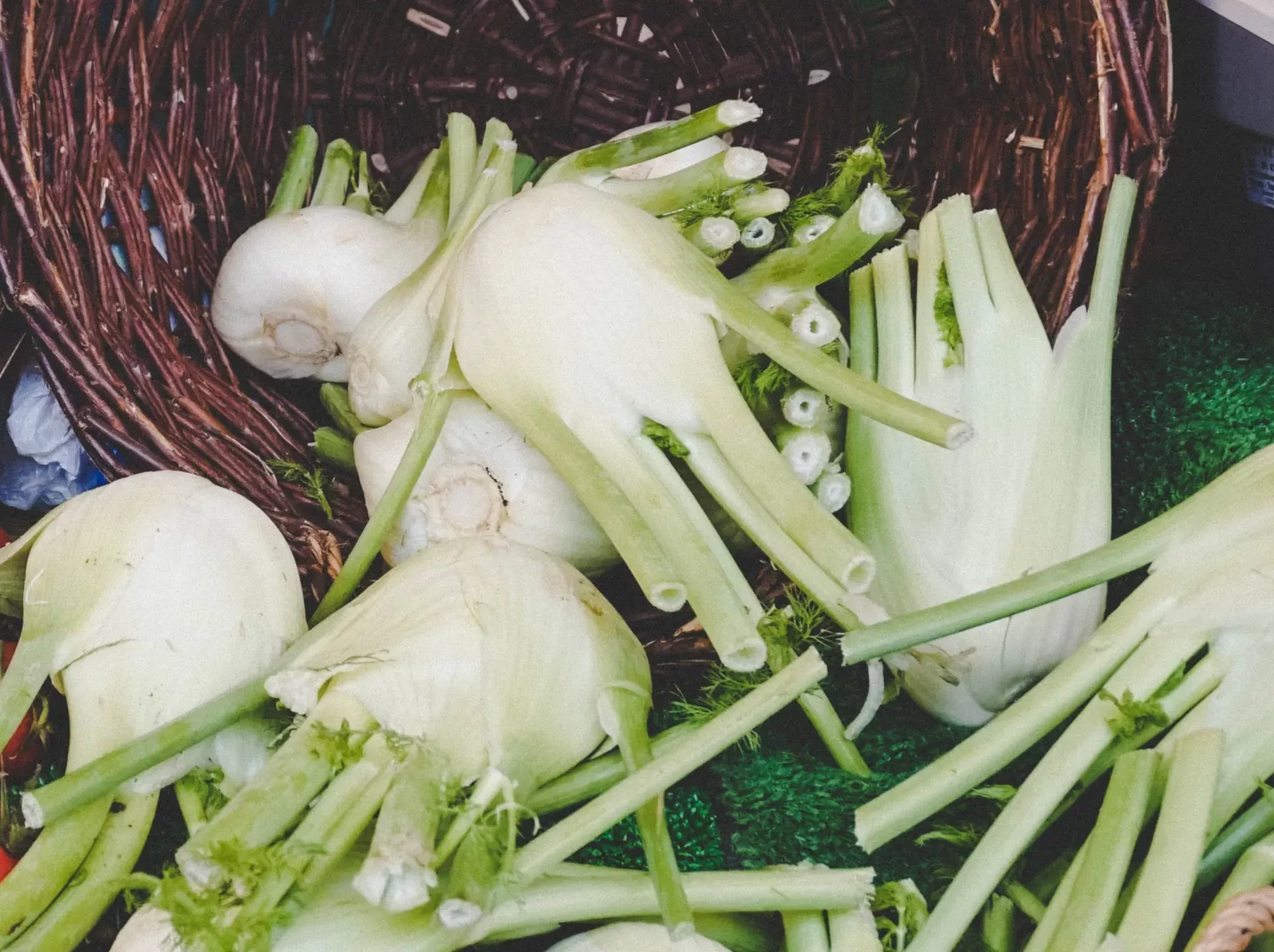
5. Globe artichoke (Cynara scolymus)
Adding a unique taste to pizzas and salads, globe artichokes (Cynara scolymus) are the immature flower bud of a thistle. They like to grow in free draining, sandy soil and thrive in bright sunshine.
They're been a great addition to our Kitchen Garden in previous years and they do well in free draining soil mulched with gravel.
The artichokes we recognise are the flower buds of the plant that are picked before they bloom. If you're growing them at home and want to give the bees a treat, let a few flower as they love them.
To prepare them, the outer leaves and stem are removed. The part that we eat is in the centre known as the artichoke heart, which is usually boiled or steamed.
Artichokes are thought to have been eaten since ancient times, and were a common dish on ancient Roman and Greek tables.
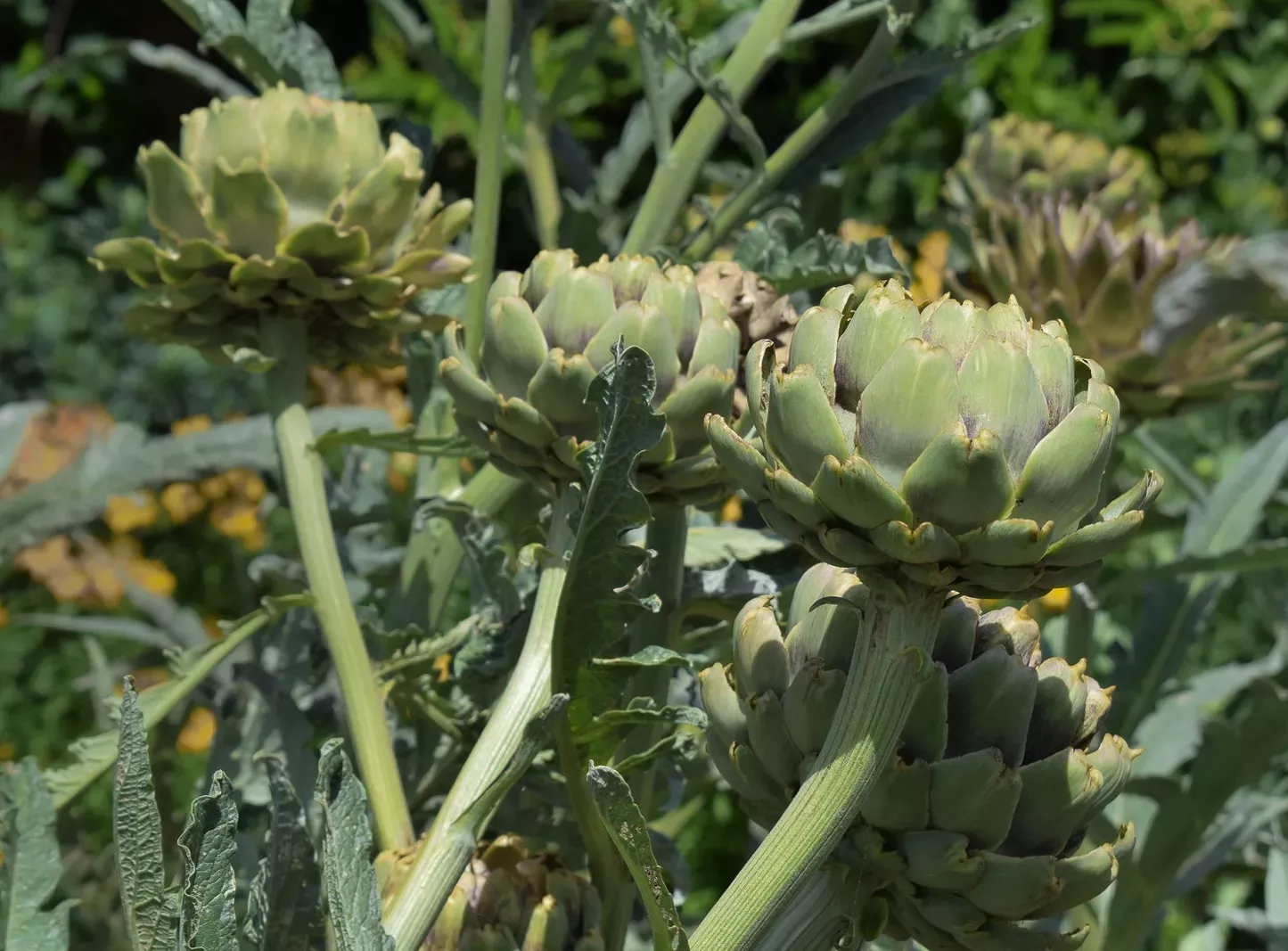
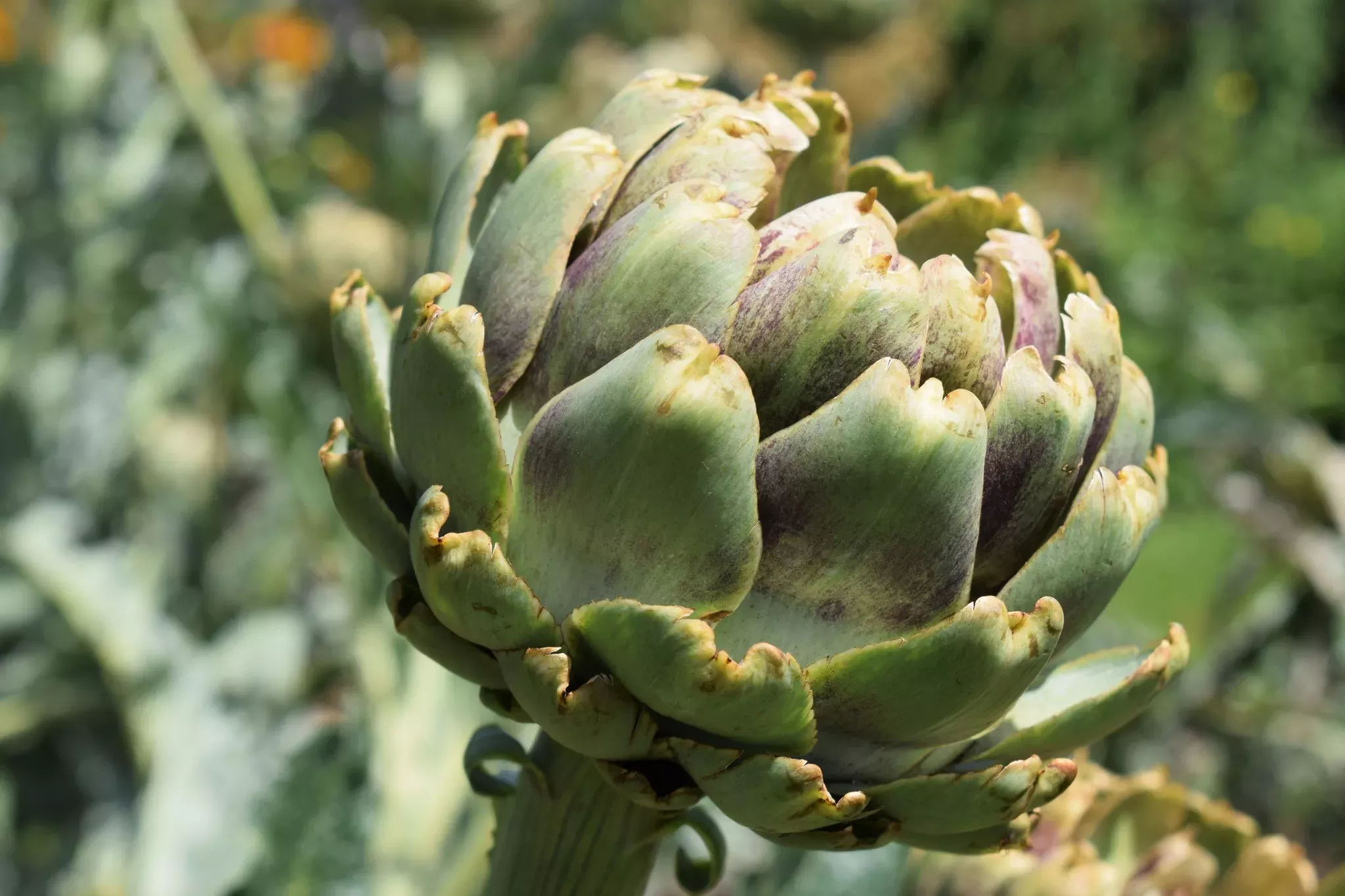
6. Thyme (Thymus)
This drought-resistant plant is a herb garden essential.
Pollinators love thyme (Thymus) and the flowers are a favourite with bees and butterflies.
The delicious taste comes from the aromatic oils contained in the leaves. Peckish animals are put off by the smell, which is handy trick that prevents the leaves getting nibbled.
The oil is often used as a natural cough medicine, is a source of vitamin A, and is used in skincare products to treat acne.
If you're growing the herb at home, good cultivars to try are Thymus capitatus which produces small spreading mounds of woody branches and pretty pink flowers. For a fragrant garden, Thymus Mastichina has highly aromatic leaves.
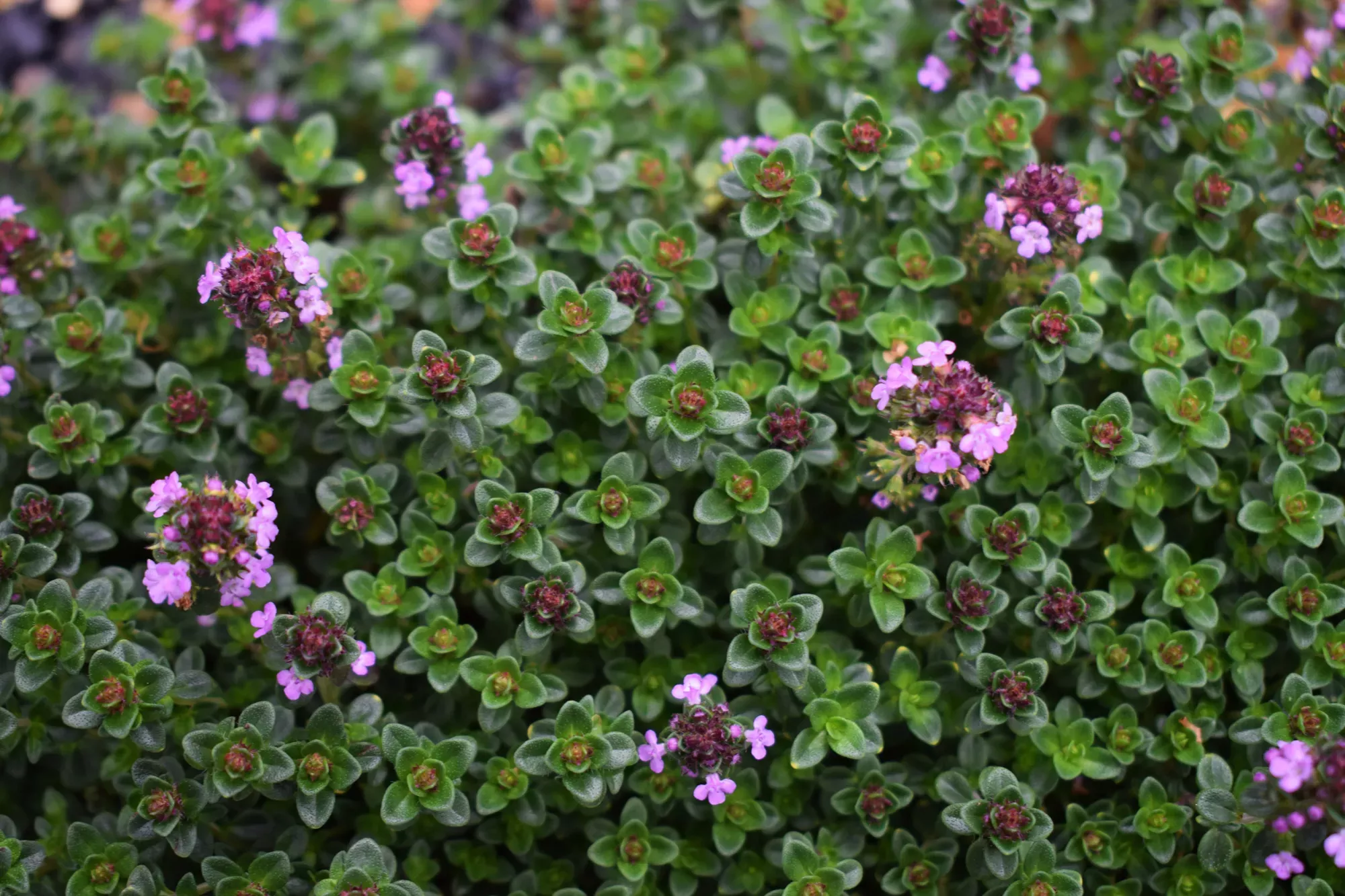
7. Stone pines (Pinus pinea)
Also known as the umbrella pine, these striking trees are where pine nuts come from. They thrive in our Mediterranean Garden at Kew, and in the Pinetum at Wakehurst.
A primary ingredient in pesto, pine nuts are the edible seeds of the stone pine and are extracted from the cones.
They are one of the most expensive nuts because they take a long time to grow, and harvesting them is a long process.
Most pine nuts take around a year and a half to grow, but some can take up to 3 years.
The cones have to be dried for a few weeks, before being smashed to release the seeds. The seeds are picked from the cones by hand and a second shell is removed, which is a lengthy task.
Rich in healthy fats, magnesium and Vitamin E, these little seeds pack a nutritional punch.
See these plants and more at Kew Gardens this summer, where you can Travel the World without leaving London.
